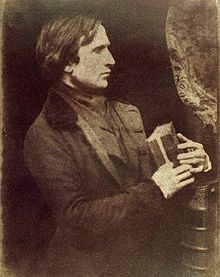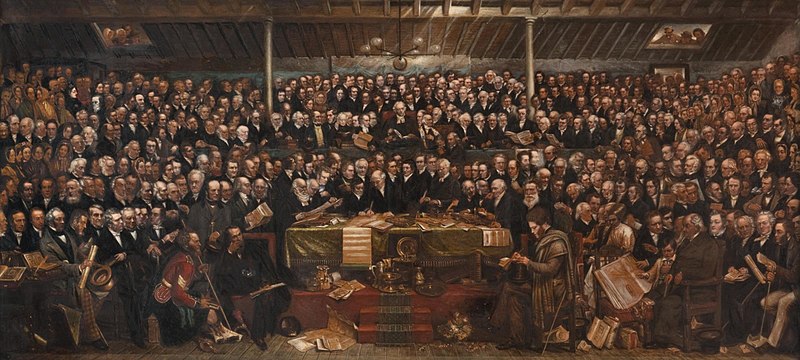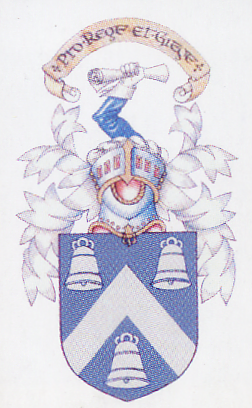|
Former Pupil Biographies
Robert Adamson (1821 - 1848)
|
Robert Adamson was born in St Andrews, one of ten children, and grew up in
Burnside, the son of Alexander Adamson, a Fife farmer and his wife,
Rachael Melville. He was educated at Madras College in St Andrews where he
showed exceptional talents in mathematics and mechanics, twice winning the
prize for mathematics. He became employed at an engineering shop from a
young age, and apprenticed as a millwright for several months. |
 |
Adamson was keen on becoming an engineer, but ill health
led to him pursuing photography. He was taught calotype by his eldest brother,
John, and by the physicist David Brewster of the University of St Andrews
in the late 1830s. As early as April 1839, Adamson's talents were
recognized, and Fox Talbot, the inventor of the calotype. Adamson's
brother John, a general practitioner, lecturer, and curator of the
University Museum, produced the first calotype in Scotland in 1841. John's
family home is marked by a blue plaque at 127 South Street; it was at one
time the Post Office for St Andrews and is now a restaurant ('The
Adamson').
He established his photographic studio at Rock House, Calton Hill Stairs
in Edinburgh, on 10 May 1843. In June 1943, Brewster recommended
Adamson to David Octavius Hill (1802–1870), a painter of romantic Scottish
landscapes, who hired him and they were commissioned in that year to make
a group portrait of the 470 clergymen who founded the Free Church of
Scotland. Hill had desired to make photographic portraits of the founders
purely as reference material. This painting would not be completed until
1866, long after his death.

Over the next few years many famous people came to the Edinburgh studios
to have their photographs taken. They also took photographs of ordinary
working people in their own surroundings and also took many photographs of
Edinburgh and further afield.
By 1947 Robert's health was deteriorating and he returned
to St Andrews, dying on 14th January 1848.
|

